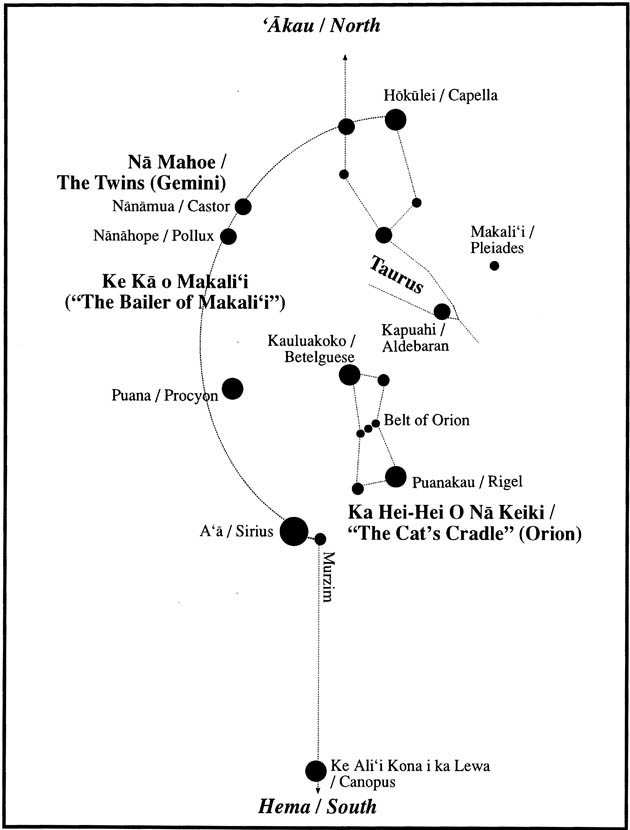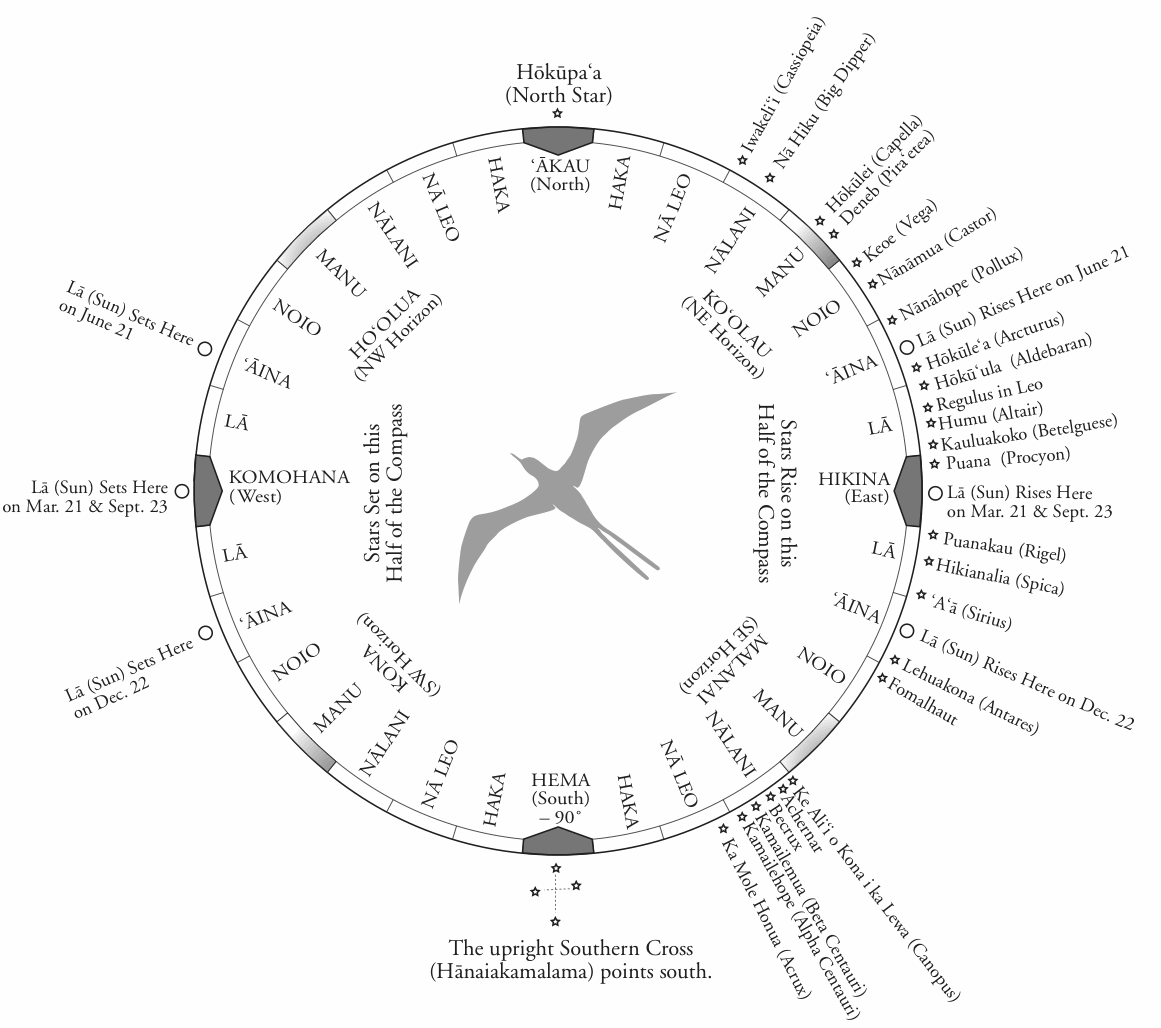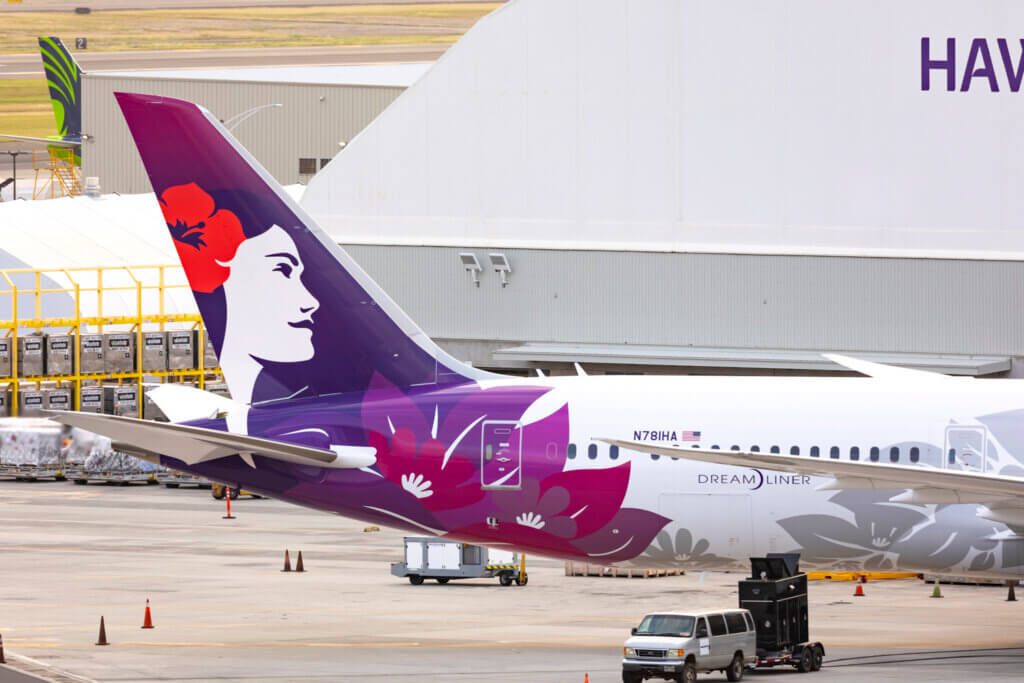Hawaiian’s very first Boeing 787-9 arrived late at night on Valentine’s Day to little fanfare from the airline itself. In the week following, they’ve still been quiet, though we now know that N781HA has been named Kapuahi.
Hawaiian’s first Boeing 787-9 is actually the second one built for them. The first, N780HA, remains in Victorville for undisclosed work, having spent most of its life thus far in storage after rolling off the line at Boeing Charleston in 2021. When she’ll arrive is anyone’s guess, but it’ll be interesting to see if she beats N782HA to Honolulu, which is currently undergoing final assembly in Charleston.
At any rate, when N781HA landed in Honolulu, she didn’t have a name yet. In fact, Hawaiian hasn’t really publicly stated what kind of naming convention they’d use for their Dreamliners. Would they continue to use stars, as they currently do with their widebody A330 fleet? Or would they transition to something else? But now that we know that N781HA has been named Kapuahi, it seems like Hawaiian has chosen to stay the course.
Introducing Kapuahi
Last Friday, local AvGeek, Ivan of the Blue Wave Group, posted a selfie in front of N781HA bearing the name Kapuahi. It wasn’t until late in the day here in Hawaii that Hawaiian FINALLY posted about its new baby and her name.
As suggested earlier in this article, Kapuahi is the name of a star. Specifically, it’s the Hawaiian name for the star Aldebaran (kinda sounds like Alderaan, huh?), which means “the follower” in Arabic, in the constellation Taurus. Its Latin name is Alpha Tauri, which is often shortened to Alpha Tau.
Kapuahi is one of the brightest stars in the night sky, with an apparent magnitude ranging from 0.75 to 0.95 – the lower the number, the brighter the star – with zero being the baseline. It’s also one of the easiest stars to find, being just slightly to the northeast of the three stars forming Orion’s Belt.
Of course, Kapuahi plays a role in Polynesian wayfinding. While not one of the more prominent stars, it is part of Ke Kā’o Makali’i, which includes the constellations Orion and Taurus.

That said, I suspect Hawaiian chose the name Kapuahi, at least in part, due to its proximity to the star Makali’i, which is also known as Pleiades. Why does that matter? Because Makali’i is the name given to Hawaiian’s first Airbus A330 – N380HA.
It’s worth noting that some charts give Aldebaran the name Hokū’ula, as well. I’m not sure why the difference, but Hokū’ula translated literally means red star in ‘ōlelo Hawai’i, which is fitting, as Aldebaran is red giant. Aldebaran does indeed appear reddish in the night sky, and is the brightest start in the constellation Taurus.

Final Thoughts
I’m actually happy Hawaiian chose to continue naming its widebody aircraft after stars. As we all know, stars play a crucial role in ancient Polynesian navigation, which makes it fitting for these birds, as they’ll travel far and wide throughout their careers. Plus, you know, the 787’s interior, especially the Leihoku Suites, which translates to “garland of stars,” features star motifs.
Not that it matters in the context of this discussion, but Aldebaran is located 65 light-years from Earth. While that doesn’t sound too far when compared to the greater universe, the closest star to us, Proxima Centauri, is only 4.25 light-years away. Those are still huge distances, and it would take several millennia to reach with our current rocket technology.
That said, the robotic probe Pioneer 10, which launched on March 3, 1973, is heading in the direction of Aldebaran and should make its closest pass in roughly two million years. That is if the probe survives that long, which is something we will never know. NASA lost communications with Pioneer 10 in 2003. Officials presume that the probe’s plutonium-238-fueled RTG stopped producing sufficient power to communicate with Earth.

